Apple has revealed the long-rumoured iPhone Air, which, as the name suggests, is the lightest and thinnest iPhone ever made. Following the launch of the Samsung Galaxy S25 Edge earlier this year, the super-slender iPhone marks an unexpected revival of the wafer-thin phone trend.
Setting aside the questionable merits of very slim phones – shaving off a few millimetres is rarely worth the hit to battery life – both the iPhone Air (£999, Amazon.co.uk) and Samsung Galaxy S25 Edge (£899, ) are small marvels of engineering. They’re improbably slender and feather-light in the hand, but still promising flagship-grade performance.
I’m yet to get my review samples, which is just as well, as these phones are so perfectly flat that I’m tempted to skim them across a lake as soon as they arrive. However, we can still compare them. I’ve gone through the specs to see how the iPhone Air and Galaxy S24 Edge stack up against each other – on paper, at least.
Why you can trust IndyBest
Steve Hogarty is a technology journalist with more than a decade of experience. He has tested dozens of the best phones over the years, including iPhones and Android phones like the best Samsung phones.
iPhone Air vs Samsung Galaxy S25 Edge
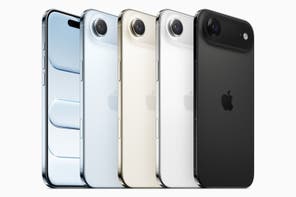
iPhone Air
The iPhone Air claims the title of Apple’s thinnest ever iPhone at just 5.6mm. It replaces the Plus in the line-up, offering a premium titanium chassis, a super-bright 6.5in, 120Hz display and the same powerful A19 Pro chip found in the top-tier Pro models.

Samsung Galaxy S25 Edge
The Samsung Galaxy S25 Edge is a flagship smartphone packed into a 5.8mm thin body. It boasts a versatile dual-camera system headlined by the same 200MP main sensor found on the S25 Ultra and a brilliant 6.7in, 120Hz display.
iPhone Air vs Samsung Galaxy S25 Edge: Design and display
This is what we’re all here for: which of these thin phones is the thinnest? At just 5.6mm, the iPhone Air is the thinnest iPhone Apple has ever made. The Samsung Galaxy S25 Edge is fractionally thicker at 5.8mm. Both feel improbably slender, but Apple is thinner.
However, the larger Galaxy S25 Edge is somehow a couple of grams lighter, weighing 163g versus the Air’s 165g.
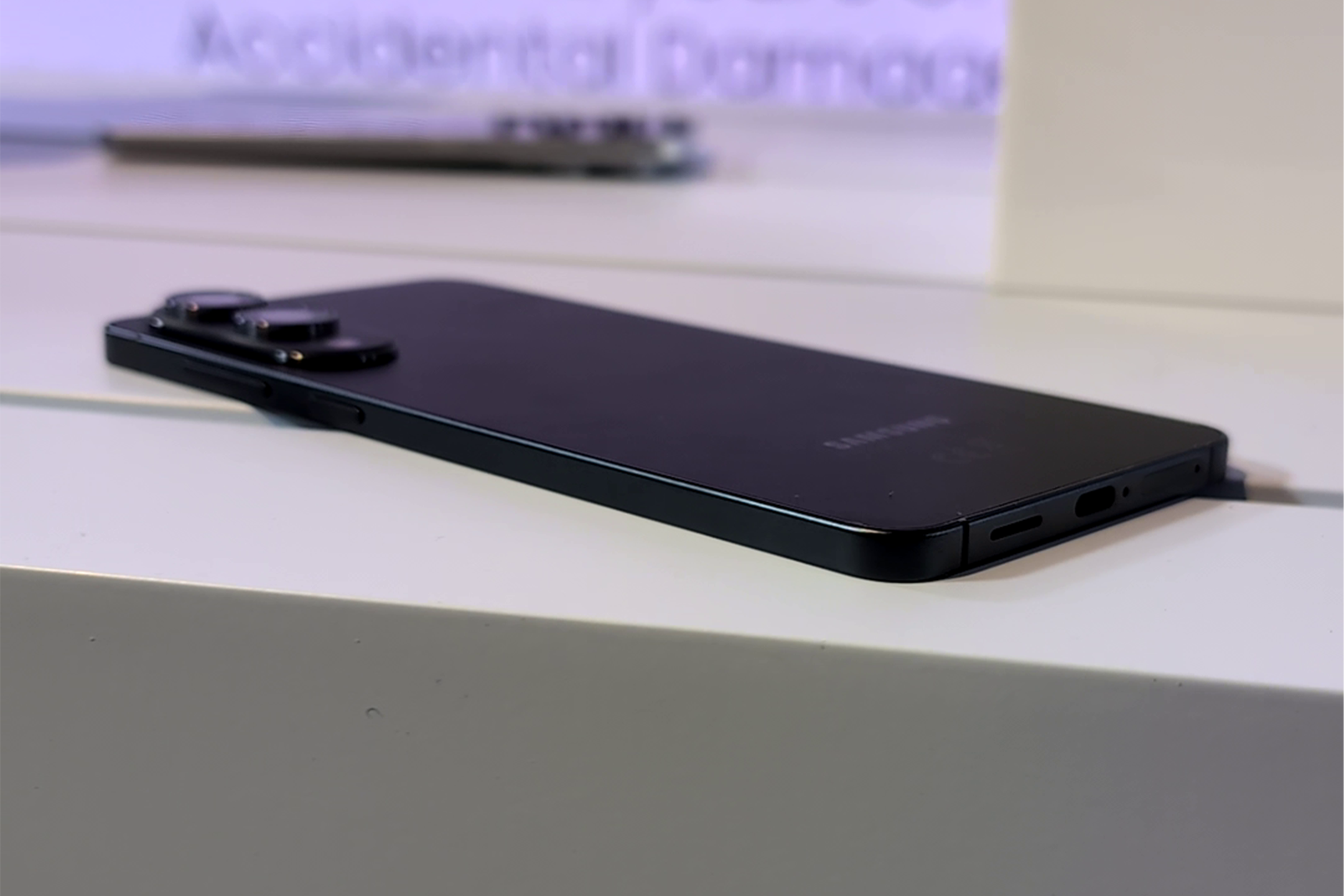
Both phones use a premium titanium chassis for rigidity. In fact, the iPhone Air is the only new iPhone to use titanium – the rest of the line-up has gone back to aluminium. Apple owes its durability claims to the metal as well as the new Ceramic Shield 2 material on the front, which it says offers three times better scratch resistance and four times better drop protection. Samsung uses titanium alongside Gorilla Glass Ceramic 2 with enhanced crack resistance. Unfortunately, only long-term testing can tell which materials hold up.
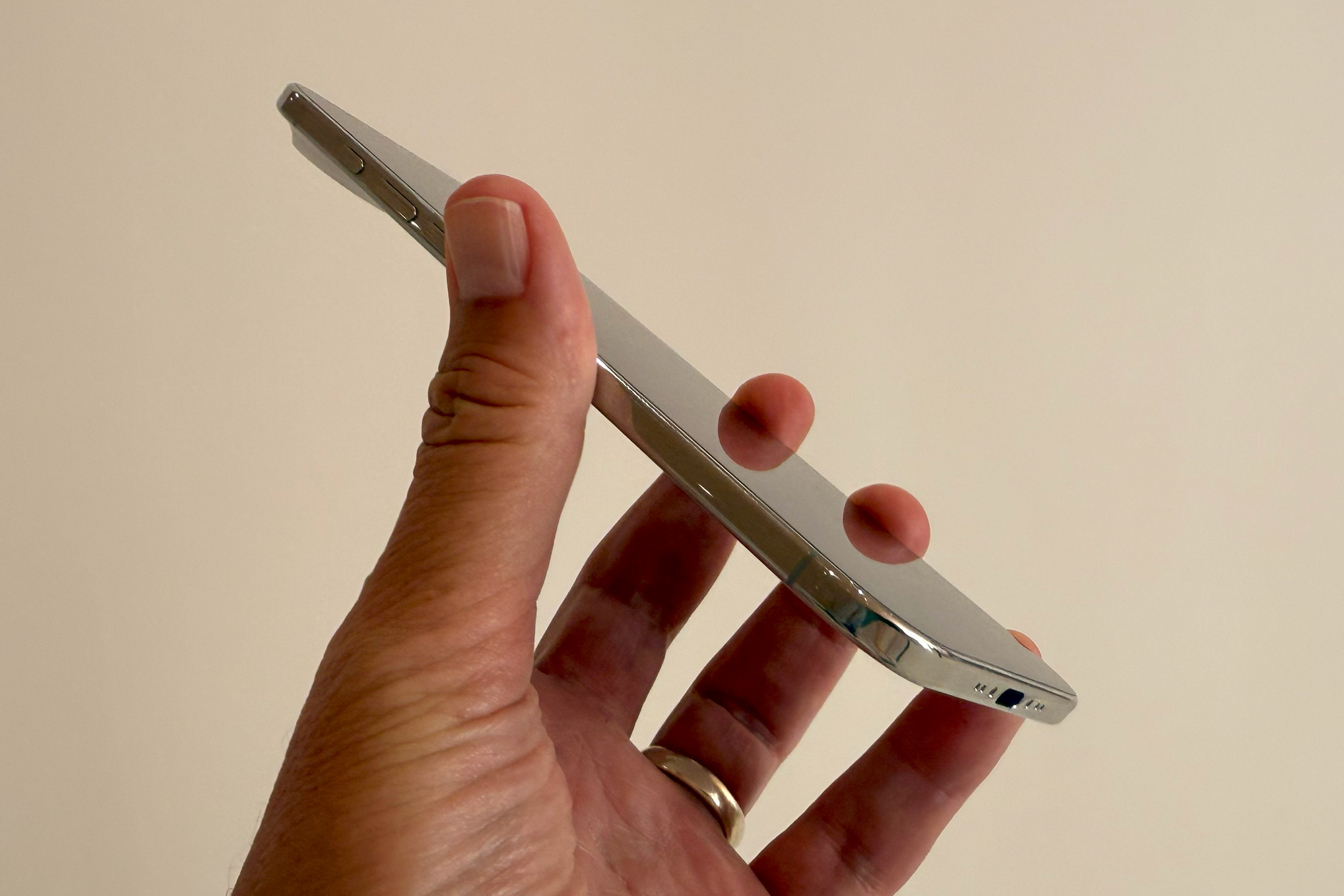
When it comes to the display, both are impressive. The iPhone Air has a 6.5in screen, while the Galaxy S25 Edge boasts a slightly larger 6.7in panel. Both feature a buttery-smooth 120Hz refresh rate, but the iPhone Air’s display is a touch brighter, with a peak brightness of 3,000 nits compared to the Galaxy S25 Edge’s 2,600 nits. This will make a difference when using the phone in bright, direct sunlight.
iPhone Air vs Samsung Galaxy S25 Edge: Cameras
The Samsung Galaxy S25 Edge packs a powerful dual-camera system, featuring the same 200MP main camera as the S25 Ultra and the same 12MP ultrawide with macro capabilities as the baseline S25. It’s an impressive feat of engineering, squeezing flagship cameras into such a thin device.

In a bid to save space, the iPhone Air opts for a single 48MP main camera. While it lacks the flexibility of an ultrawide lens, it offers a simulated 2x optical zoom by cropping in on the high-resolution sensor. The selfie camera on the Air is more impressive, with a new, square 24MP sensor that supports landscape selfies without rotating the phone, as well as the ability to shoot video from the front and rear cameras simultaneously.
iPhone Air vs Samsung Galaxy S25 Edge: Performance and features
The iPhone Air is powered by the new A19 Pro chip, the same powerhouse found in the top-tier Pro models, while the Galaxy S25 Edge runs on the custom-tuned Snapdragon 8 Elite processor. Both are designed to deliver the same performance found in the thicker handsets in the range, and will handle demanding apps with ease.
The iPhone Air introduces Apple’s new C1X modem and N1 wireless chip, reducing the company’s reliance on Qualcomm hardware and bringing Wi-Fi 7 and Bluetooth 6 support for faster, more stable connections. Thread support should mean more seamless smart home controls, too.
The Galaxy S25 Edge follows roughly the same networking feature set, though it lacks Thread support and uses the Bluetooth 5.4 standard – marginal differences that most users are unlikely to notice. Both phones come with a glut of AI features enabling generative photo editing and live translation, courtesy of Apple AI and Galaxy AI.
One of the biggest questions for any ultra-thin phone is how it manages heat build-up, which can lead to performance throttling as the phone desperately tries not to cook itself. Again, long-term testing will reveal which phone has better thermal management.
iPhone Air vs Samsung Galaxy S25 Edge: Battery and charging
The first casualty when slimming down a phone is battery size, though both Samsung and Apple are adamant that their super-thin phones will last an entire day. Samsung has managed to squeeze in a respectable 3,900mAh battery, promising 24 hours of video playback. Apple has opted for a smaller 3,149mAh battery, though it’s using a new “high-density” battery technology, so it’s hard to compare like-for-like. Apple claims the iPhone Air will deliver 27 hours of video playback, roughly on par with the iPhone 16e.
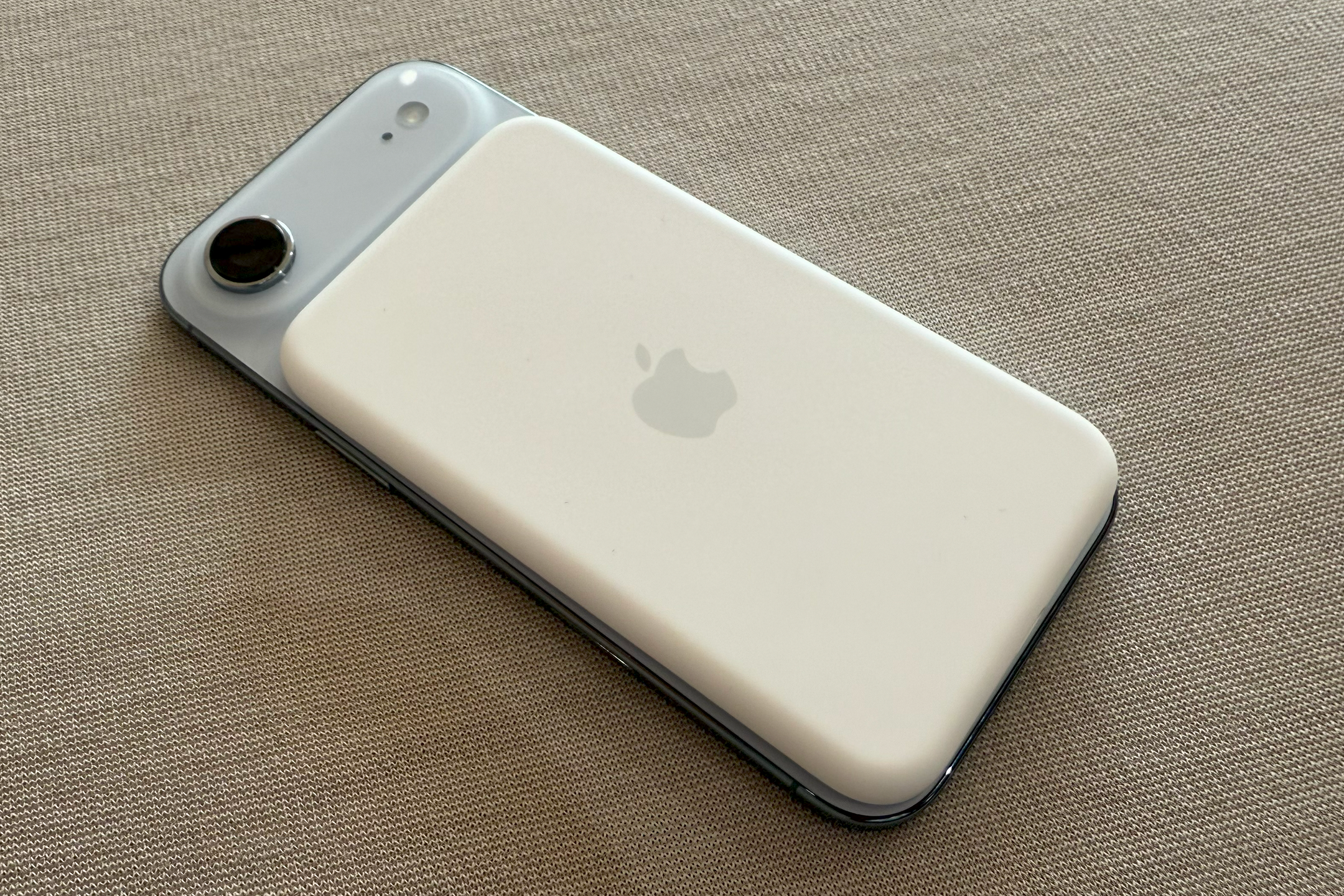
While reasonable enough for phones of this size, both Apple and Samsung’s battery claims feel a tad optimistic for real-world use. Apple seems to acknowledge this and is bringing back the MagSafe power bank exclusively for the iPhone Air, with a new, low-profile design (£99, Apple.com). That said, I’m not sure who’s buying a thin phone only to slap a battery pack on it.
Both phones support fast wireless charging, with the iPhone Air boasting a slightly faster 25W Qi2 connection compared to the S25 Edge’s 15W speeds. The S25 also doesn’t have magnets, a convenient feature that recently arrived on Android in the Google Pixel 10.
iPhone Air vs Samsung Galaxy S25 Edge: Price and availability
These are two relatively expensive phones, but the iPhone Air manages to come in just below the psychological hurdle of £1,000, starting at £999 for the 256GB model. That places it firmly in the premium category, just below the Pro models, which makes sense as the iPhone Air effectively replaces the iPhone 17 Plus in the line-up. It’s available to pre-order now ahead of its 19 September launch date.
The Samsung Galaxy S25 Edge is the pricier option, with an RRP of £1,099 for the 256GB version. However, it looks like the fresh competition from Apple has pushed Samsung to a big discount on the S25 Edge, bringing it down to an eye-catching £899.
The best iPhone Air and Samsung Galaxy S25 Edge deals
Galaxy S25 Edge with 100GB data: £29.99 per month, £129 up front, Carphonewarehouse.com

You can grab the Samsung Galaxy S25 Edge for just £29.99 month with this iD Mobile contract at Carphone Warehouse. The plan includes 100GB of data and comes with a modest £129 down payment, which is decent value for the £899 handset.
iPhone Air with 100GB data: £49.99 per month, £99 up front, Mobiles.co.uk
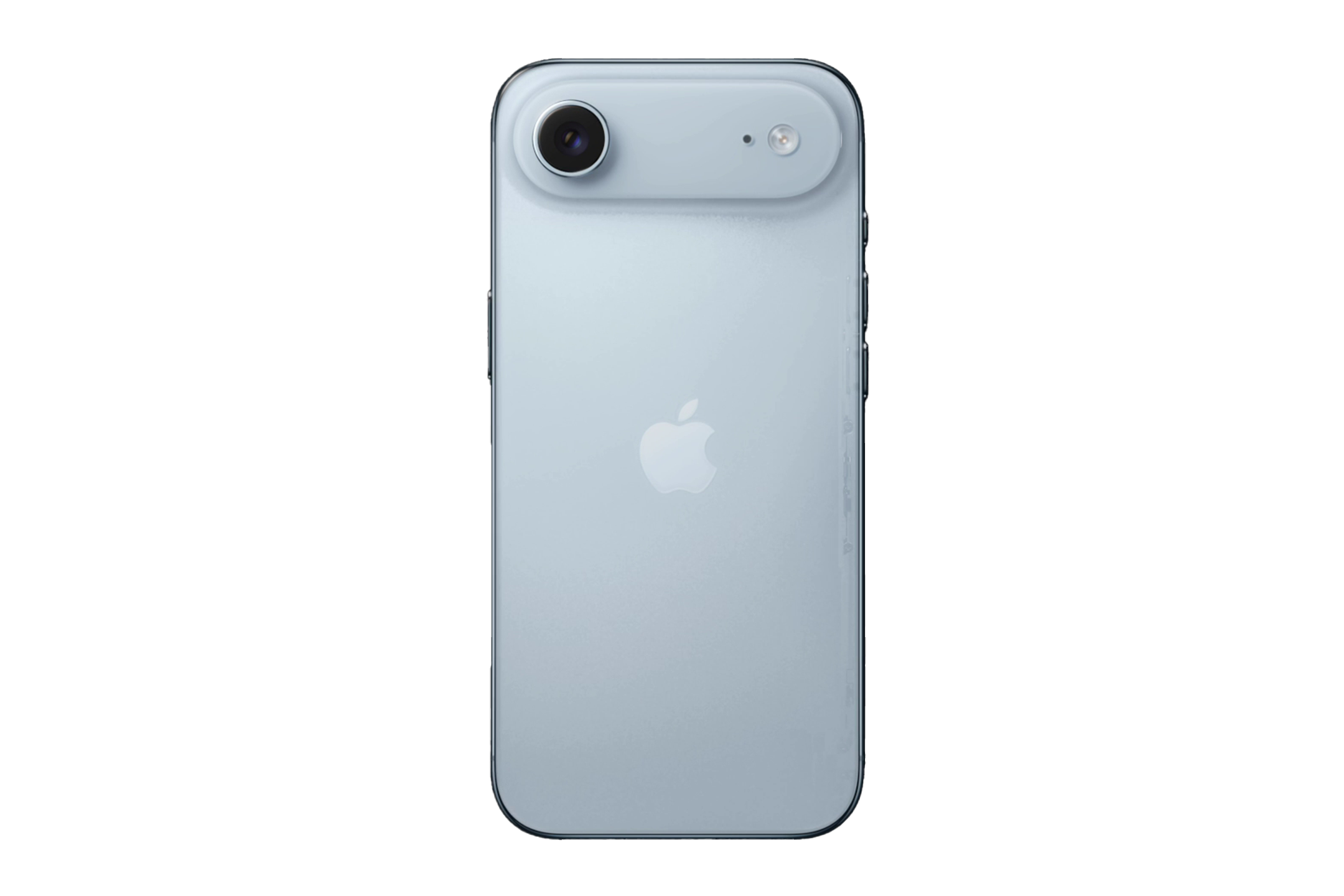
Here’s the cheapest iPhone Air contract deal we’ve spotted so far. For £49.99 per month and a £99 up front payment, you can get the iPhone Air with 100GB of data with iD Mobile. That’s a total cost of £1,331 over the 24 month contract.
The verdict: Samsung Galaxy S25 Edge vs iPhone Air
I need to subject these phones to my full suite of tests, but both the iPhone Air and Galaxy S25 Edge make different compromises to keep things slim and lightweight.
The Samsung Galaxy S25 Edge likely offers a better camera system and – at its current deal price – it’s probably better value for money. It’s a brilliant, feature-packed phone that just happens to be remarkably thin.
But if you’re a fiend for thinness, the iPhone Air is the thinnest. It has a brighter display, and while its single camera is probably a compromise, it’s a less important consideration for anyone prioritising thinness above all else.
Ready to upgrade? These are the best phones of 2025


